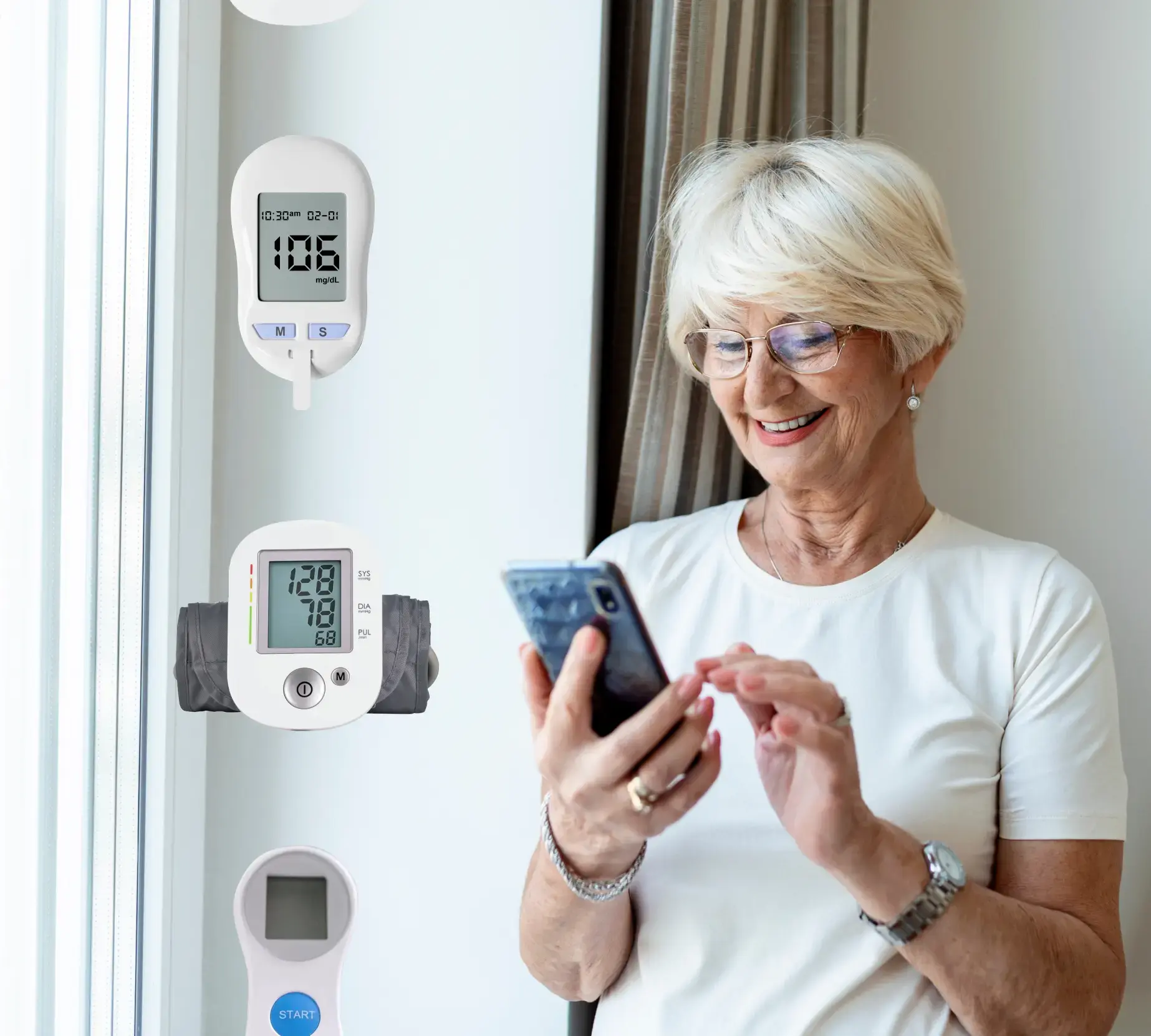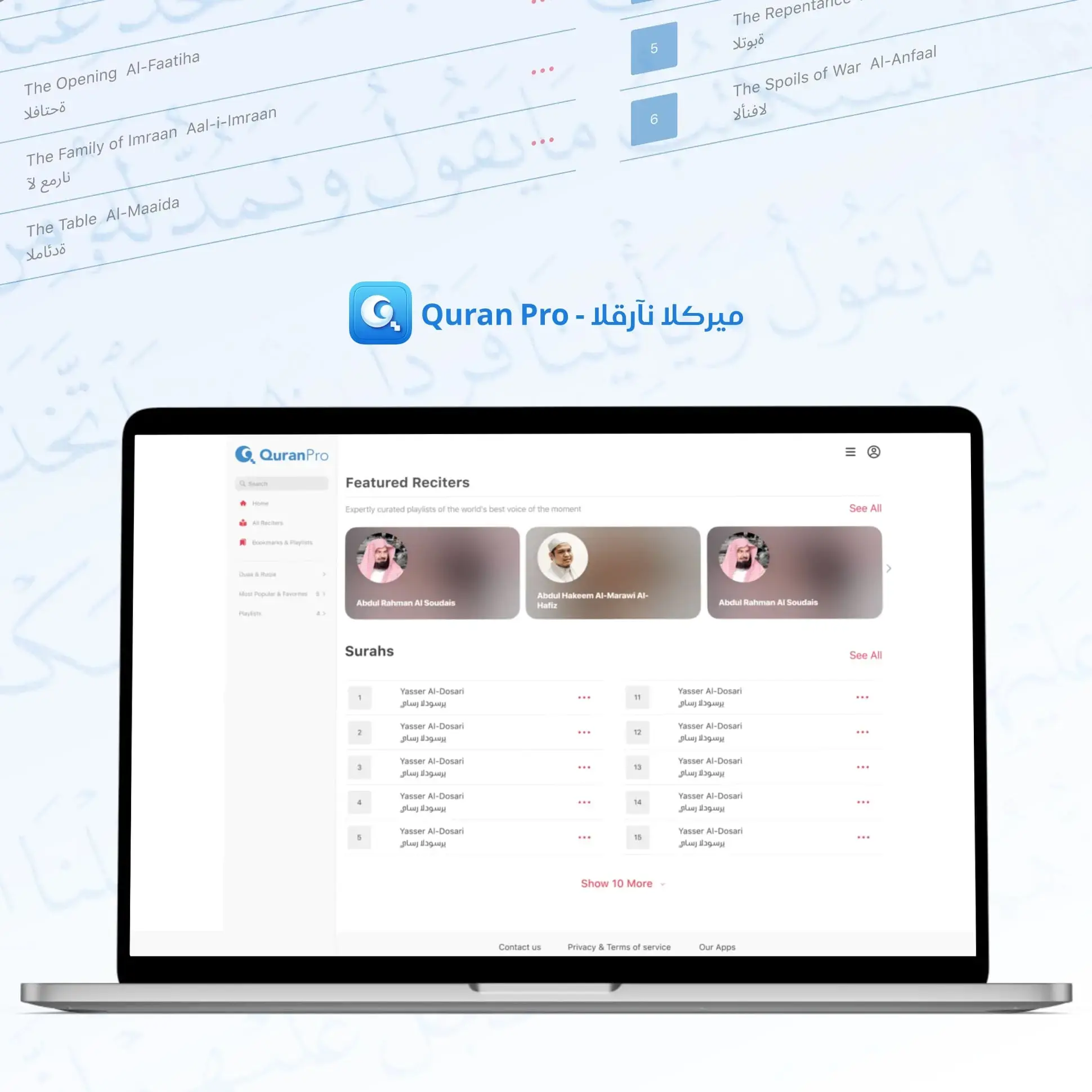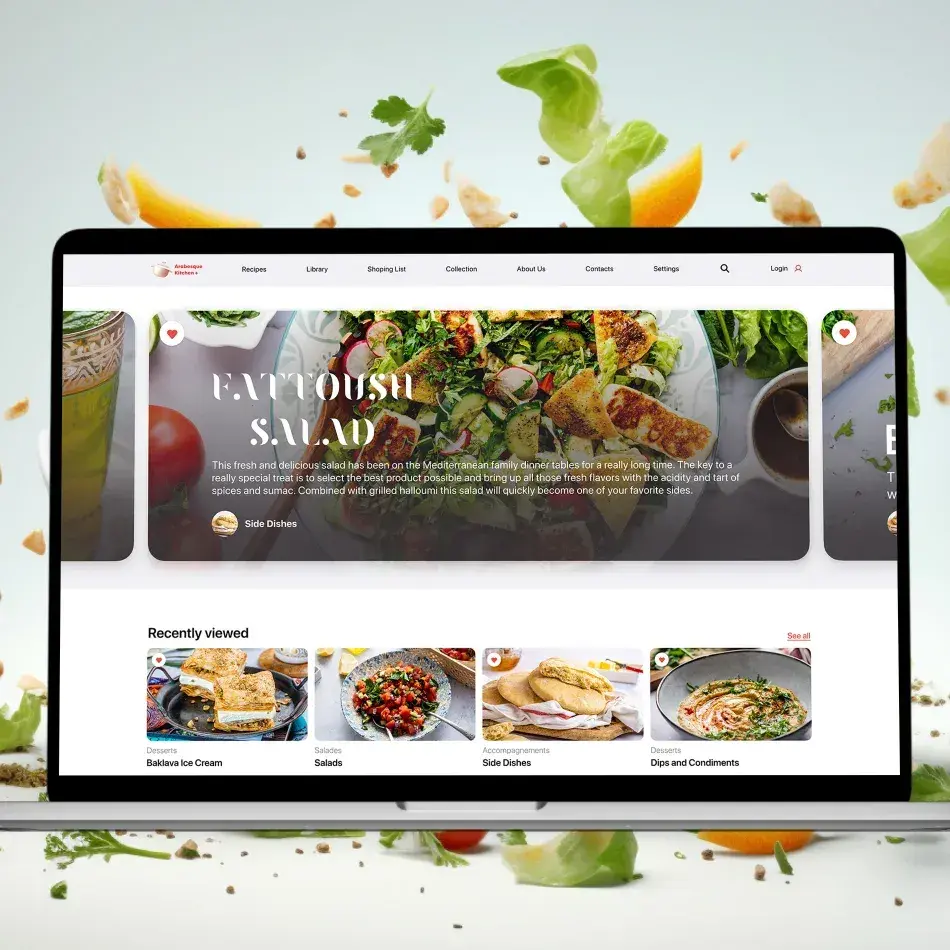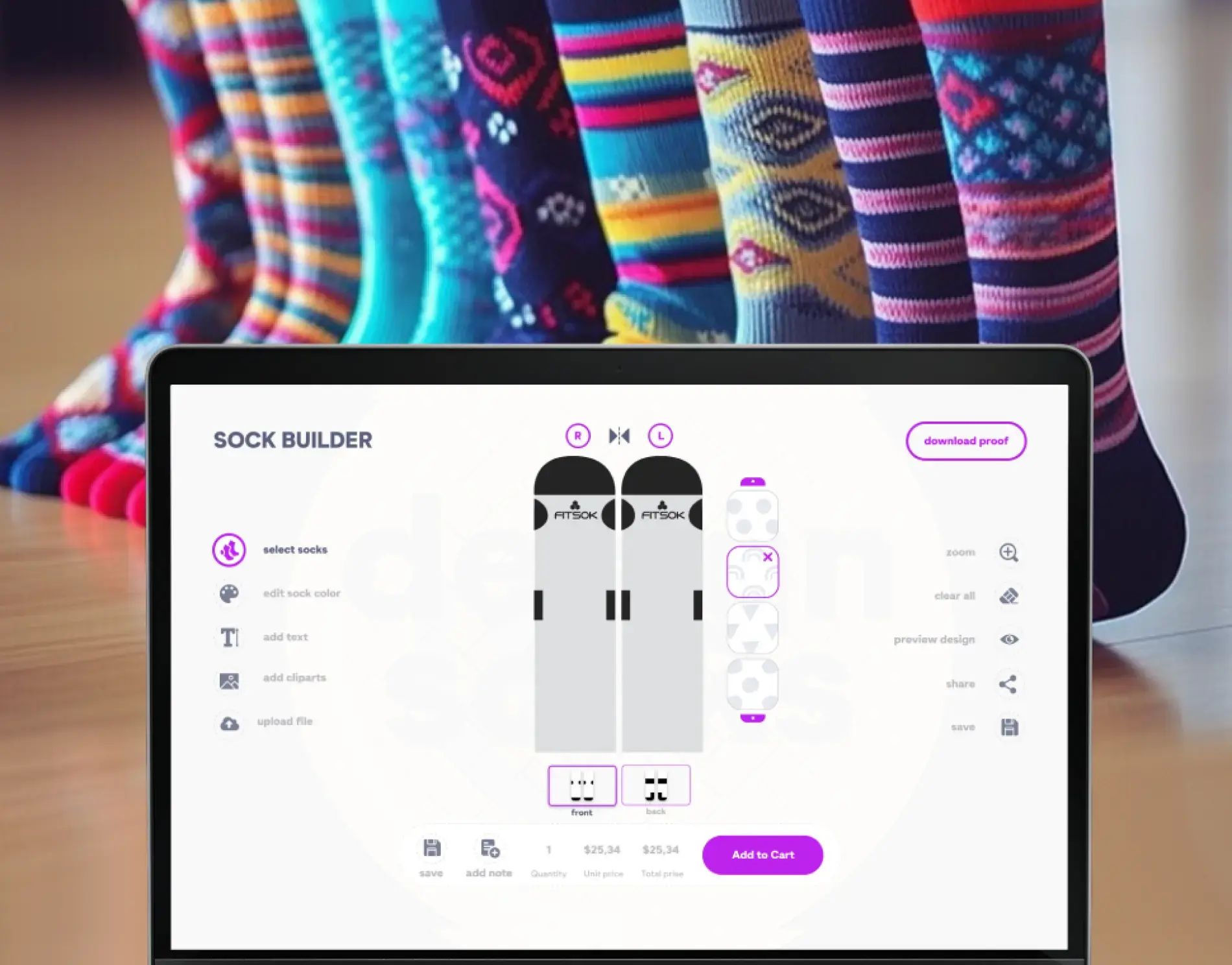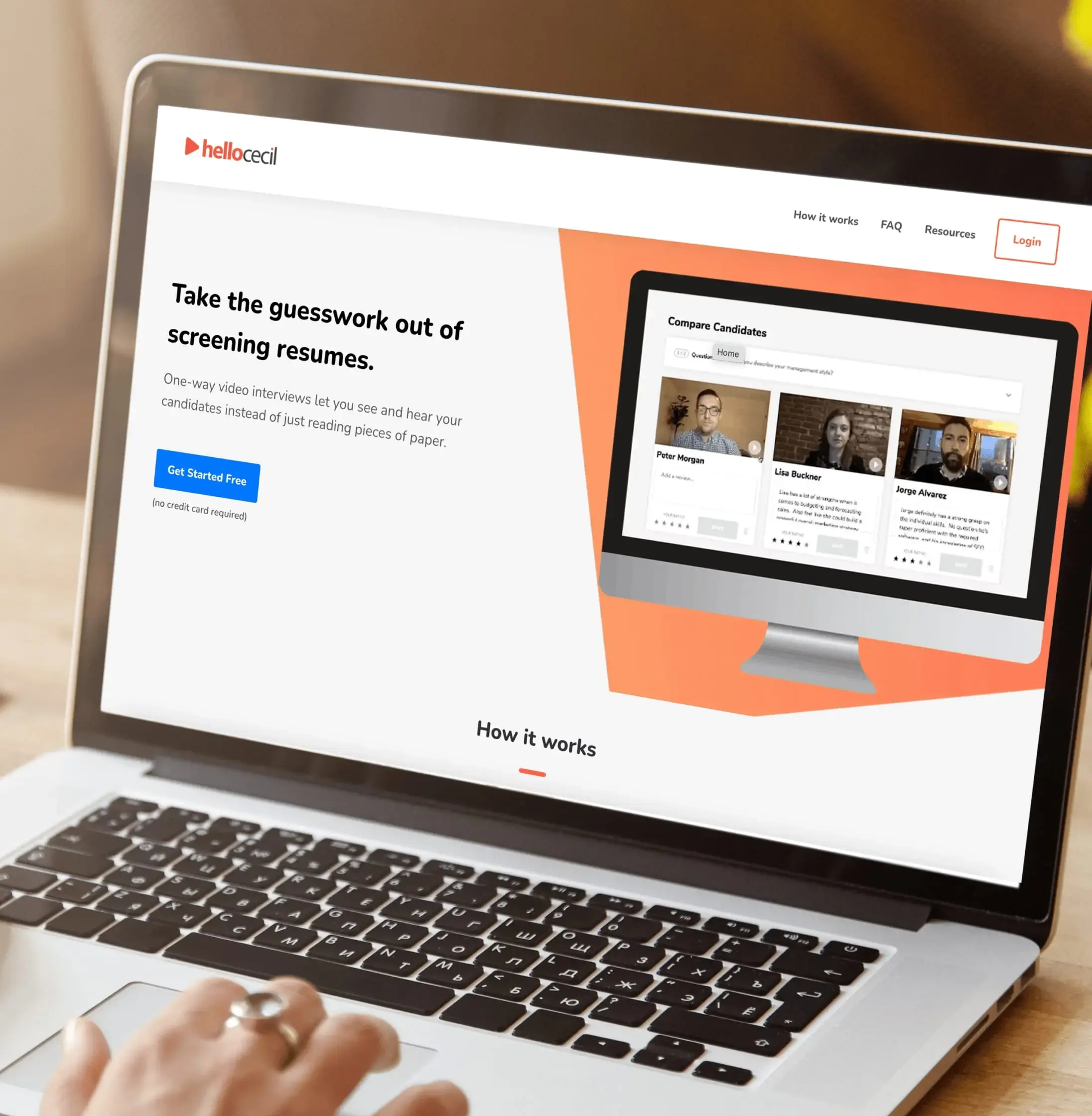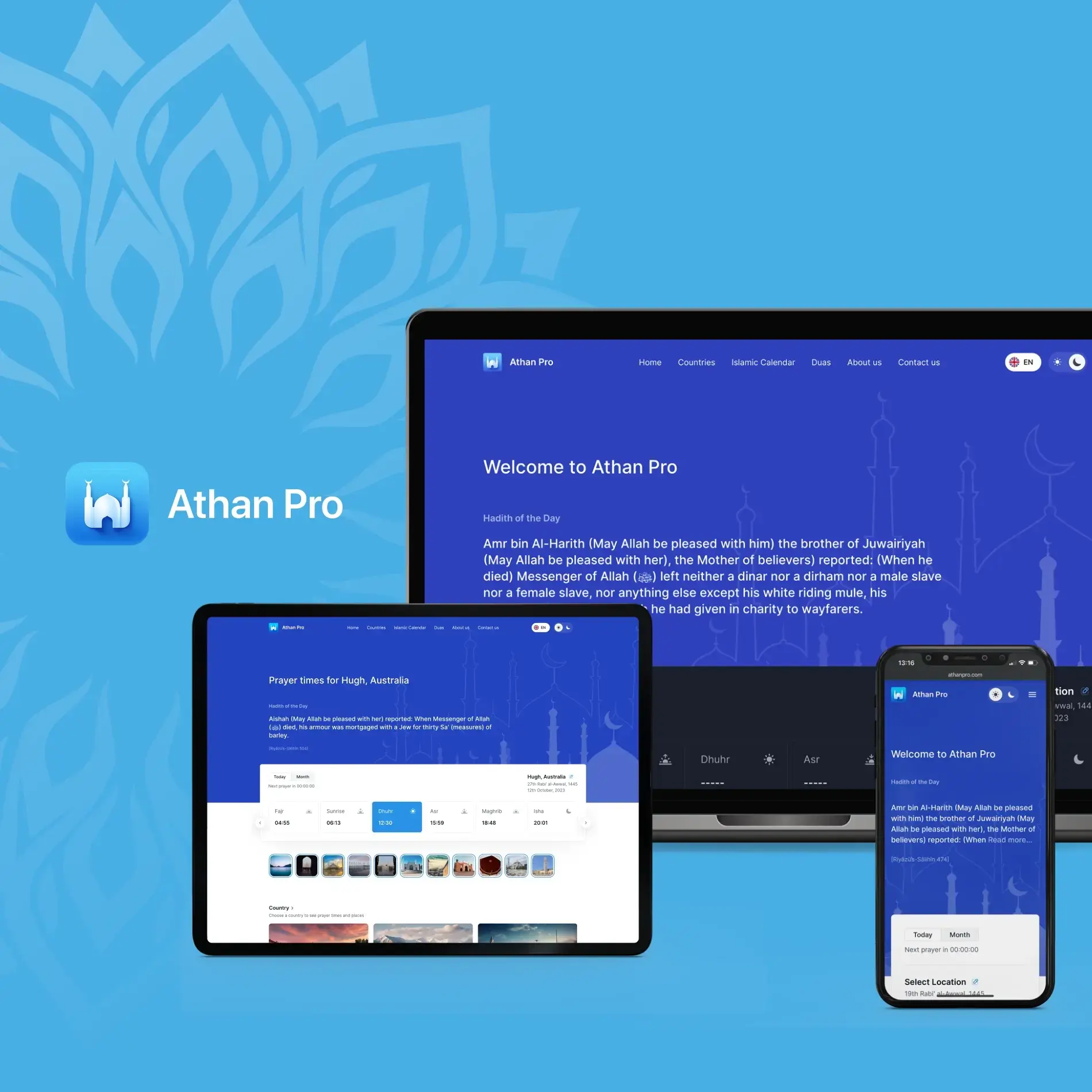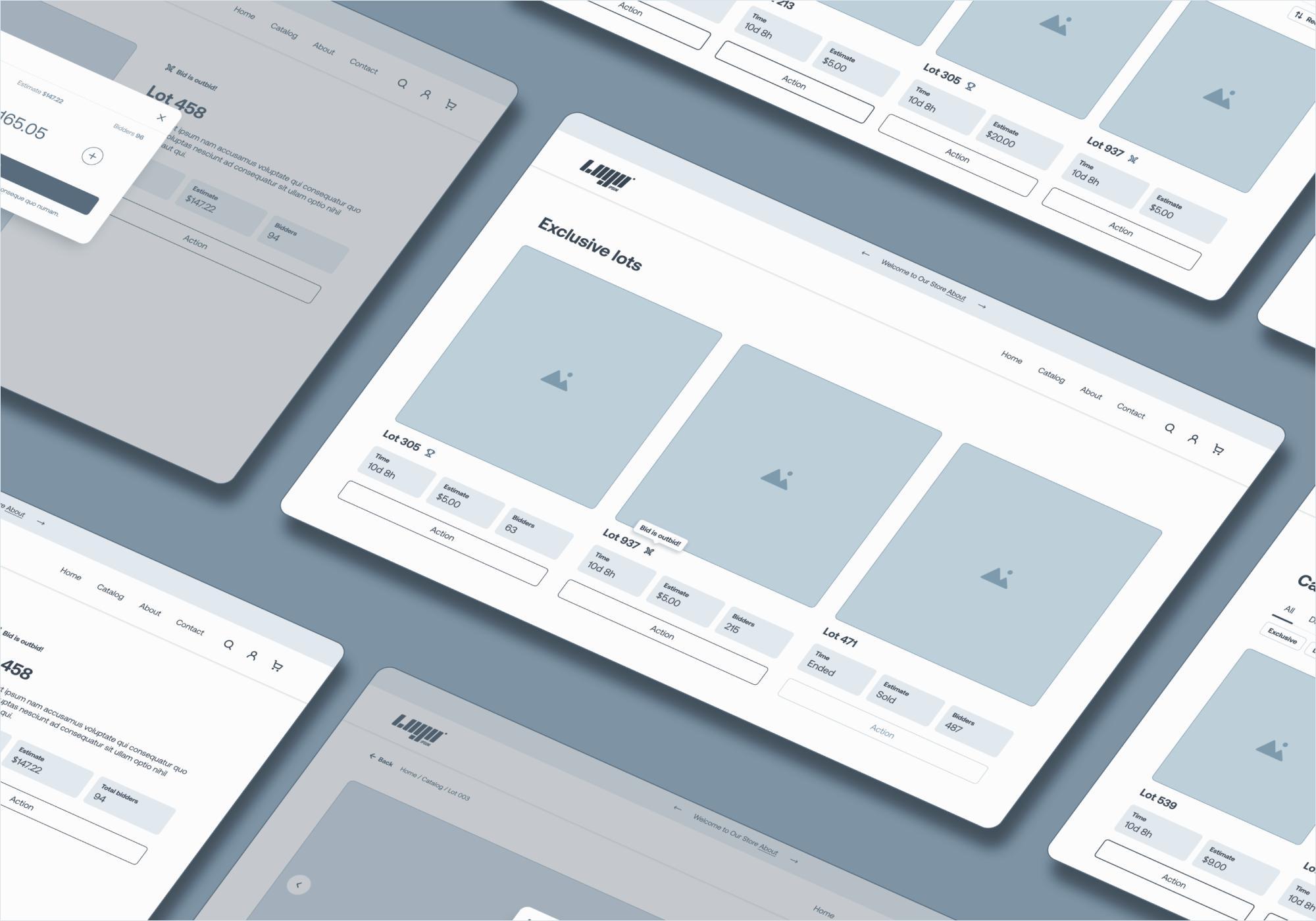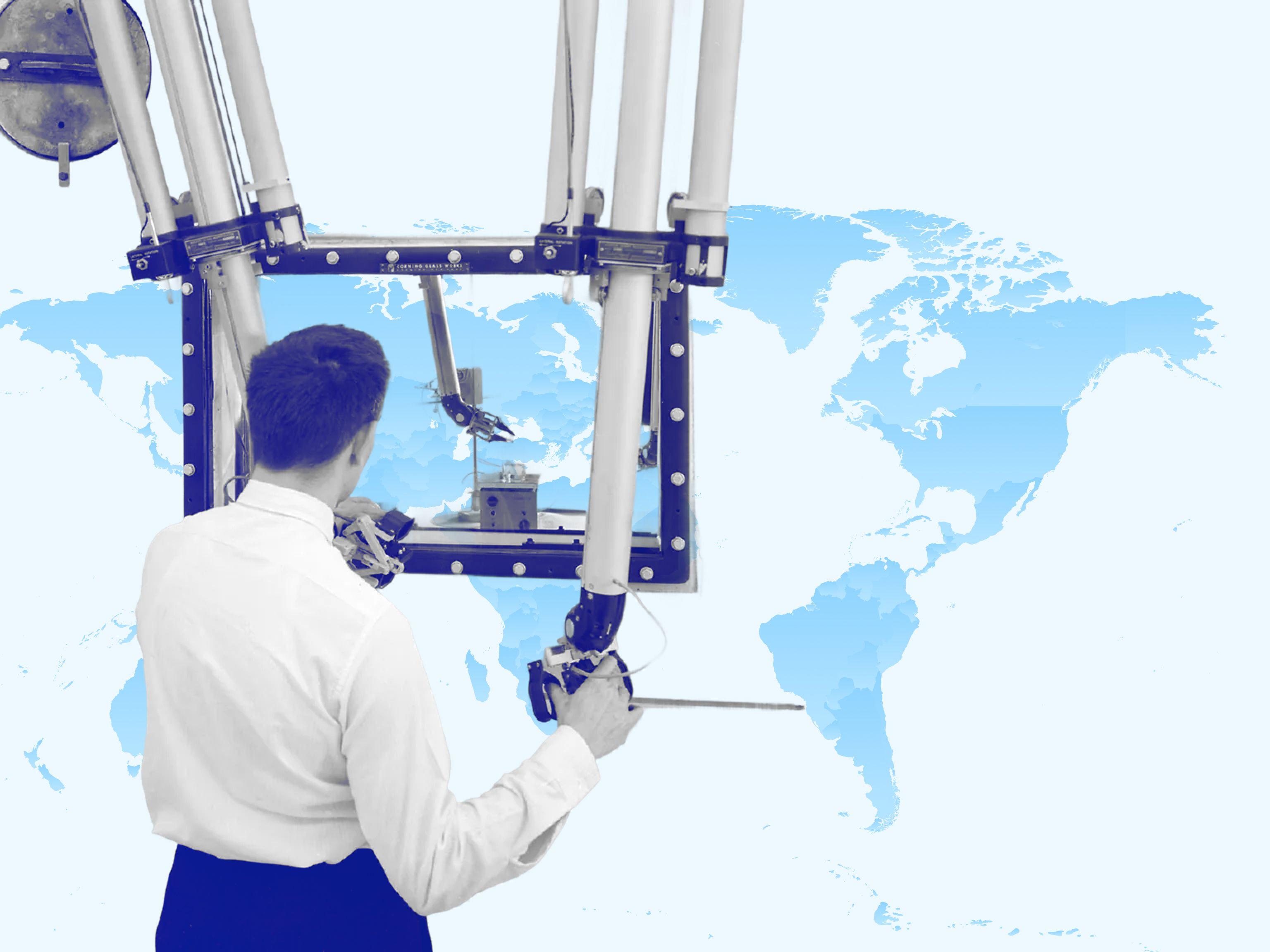
- Healthcare Software
Mental Health App Development in 2025: A Comprehensive Guide
Discover everything about mental health app development, its benefits, and potential risks. Learn to monetize your product and find inspiration in JetBase’s project in this handy guide.
June 5, 2024 | Updated on November 24, 2025 | 10 min

Alex Padalka
CEO and Co-founder at JetBase
Table of Contents
- The Evolving Landscape of Mental Health Apps
- Types of Mental Health Apps: From Therapy to Self-Improvement
- Critical Benefits of Mental Health Apps
- Essential Features of a Successful Mental Health App
- How to Create a Mental Health App?
- Overcoming Challenges in Mental Health App Development
- Mental Health App Development Best Practices
- Monetization Strategies: Making Your Mental Health App Financially Viable
- Real-World Success Stories and Lessons Learned
- The Future of Mental Health Apps
- Are You Ready to Create a Mental Health App?
- FAQ
Our Cases
Innovation isn’t just about ideas - it’s about execution, turning vision into reality, and creating solutions that truly make an impact. See what we’ve built and how it works:
- HealthCare
- Media & Entertainment
- eCommerce
- Amazon Web Services
- Cloud Cost Optimization
- Serverless Application
- Retail
- HealthCare
- Media & Entertainment
- eCommerce
- Amazon Web Services
- Cloud Cost Optimization
- Serverless Application
- Retail

